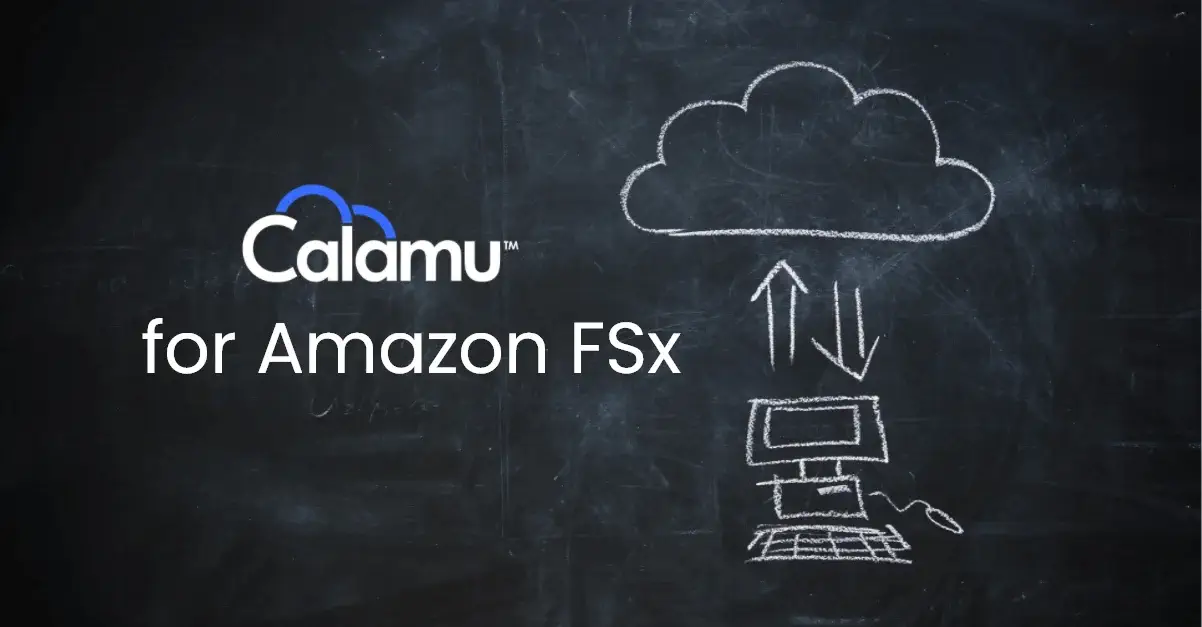What is a cyber vault and why do you need one?
When it comes to ransomware protection and overall cyber resilience, nothing is more critical than ensuring backup data is intact and available. However, this has become increasingly difficult in recent years as cyber attackers have started focusing on compromising the backup repositories first in an attack. Add to this, most backup repositories lack security measures to protect the data held within, such as early threat detection, attack blocking, and anti-theft controls. (See 7 ways ransomware breaks into your backup environment for more on attack vectors.)
Cyber vaulting is the true last line of defense against ransomware. A cyber vault maintains a pristine and secure copy of data separate from both production and backup systems, allowing organizations to rapidly recover data to its original source in the event of an attack or other incident. Building on the core principles of air-gapped storage, modern cyber vaulting establishes a "virtual air-gap" that often leverages the cloud to keep data protected but also accessible.
What does a cyber vault do?
There are many approaches to cyber vaulting, but all solutions share the same core capabilities and goals:
-
Data isolation: secure a pristine copy of data separated from production and backup systems to ensure quick recovery and return to operational status even during an attack or outage.
-
Access control: restrict data access based on user roles and permissions.
-
Data immutability: ensure data cannot be changed, deleted, or overwritten.
-
Cyber resilience: improve recovery time after an incident and mitigate the impact of a cyberattack.
Immediate benefits of using a cloud-based cyber vault
Most traditional methods for securing backups are costly, complex, and difficult to scale. Offline tape or physical air-gapping, for example, makes backup data less accessible, have slow restore processes, and are plagued with hardware issues from EOL to offsite management and overhead. (See comparing methods for securing backups for more comparisons.)
Modern cloud-based cyber vaulting bridges the gap between security and accessibility. Leveraging cloud object storage, cyber vaults offer greater flexibility, scalability and lower total cost of ownership as there are no on-premises hardware limitations.
The Data Harbor Difference
Calamu’s Approach to Modern Cyber Vaulting
The Calamu Data Harbor approach to cyber vaulting is unlike any other. It is the only solution that can absorb a ransomware attack and self-heal automatically, eliminating lengthy periods of downtime and consequences such as data theft and loss.
The Calamu Data Harbor uses a proprietary resilience algorithm that creates a virtual air-gap in the cloud or on-premises, dispersing data across multiple physically separated storage locations to ensure robust security and instant accessibility.
Next-Gen Cyber Vaulting Features:
Named to Gartner’s Hype Cycle Report for 2024 Storage Technologies, the Calamu Data Harbor takes cyber vaulting beyond the basics to further protect data against evolving threats with capabilities including:
-
Anti-Exfiltration: Stolen data gives attackers leverage to demand a large ransom payment in exchange for keeping data from wrongful publication. The Calamu Data Harbor’s unique data distribution architecture protects data from theft and exploitation even if the physical repository is breached.
-
Automatic Self-Healing for Uninterrupted Data Accessibility: The Data Harbor’s intelligence detects attacks and other anomalous behavior and automatically triggers self-healing to provide seamless, uninterrupted data access, no matter what.
-
Restore Control: Credential compromise is one of the most common entry tactics for data theft. Restore Control protects against this attack vector with additional challenges for sensitive actions including restore, data movement, and deletion.
-
Third-Party Risk Reduction: A Data Harbor can consist of multiple cloud storage locations from multiple vendors, reducing third-party risk. If a cloud bucket is attacked or goes offline due to an outage, pristine fragments can be pulled from other locations within the Data Harbor to ensure instant accessibility.
Compliance with Insurance Requirements and Emerging Regulations
Data risk management and security requirements are getting tighter as the rate and sophistication of attacks increases. Many businesses are finding that traditional methods to secure data and ensure resilience are no longer enough to comply with government regulations or keep up with the requirements of cyber insurance carriers. Modern cyber vaulting solutions like the Calamu Data Harbor check emerging requirement boxes like reducing third-party risk and increasing resilience testing scores.
“The Calamu Data Harbor is exactly the type of protection that companies are looking for to give themselves assurance that their partners meet these new standards. Calamu's solution provides an environment where data can be rendered unhackable with the parallel promise of accessibility. The regulations in this space will inevitably continue to explode, and regulated companies are going to insist on doing business with partners who get cybersecurity compliance right and innovate in safeguarding their sensitive data.”
- Marla Crawford, General Counsel, Cimplifi
Recent Articles on this topic:
Understanding the Digital Operational Resilience Act (DORA)
NIST Cybersecurity Framework 2.0
How to Implement a Cyber Vault with Calamu
The Calamu Data Harbor is built with simplicity in mind. It connects to any S3-compatible application and can be set up in minutes. Two licensing options include bring-your-own storage in which users can spin up a Data Harbor in their own environment or connected as-a-service leveraging Calamu’s infrastructure.
Ready to learn more? Join a monthly product briefing to see the Data Harbor in action.
.png)


![[On-Demand] Calamu + Veritas: Zero Doubt Strategies for Cyber Recovery](https://www.calamu.com/hubfs/zer-doubt-ss.png)